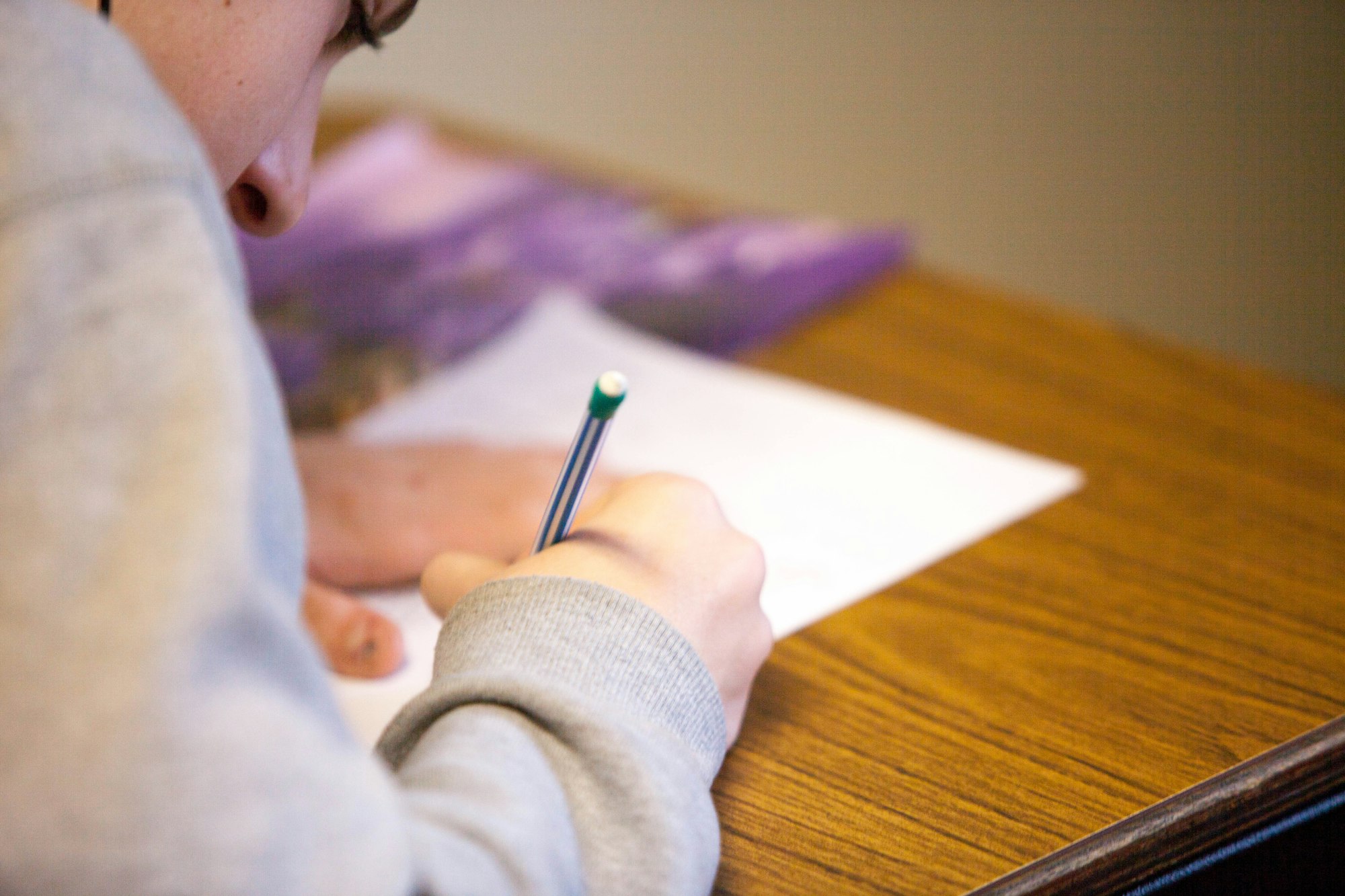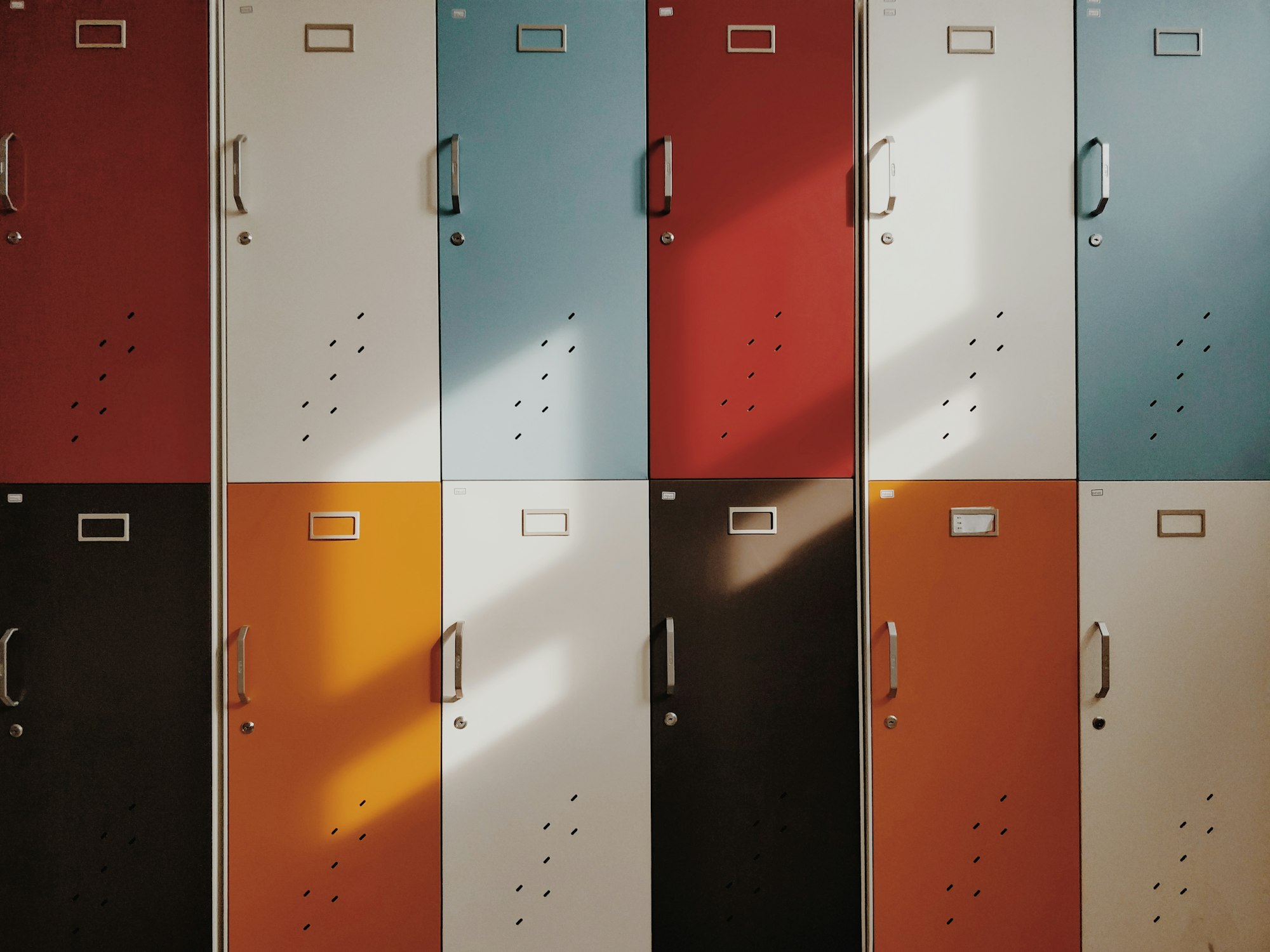KIS Summary:
- Explains what the SACE Research Project is, and why it is necessary .
- Provides useful tips to help you develop a SACE Research Question if you are stuck.
- Guide on how to complete your folio, and how to write the outcome.
⭐️ Why Parents & Students Love KIS Tutoring
SACE Research Project - the subject where you have to develop an open-ended research question on the topic of your choice. Your entire semester will revolve around this developed question, and you have to write reflections on your progress as you go along. Let’s first dive into what the assignment is, and how you can make it as useful to you as possible (and maybe even fun!)!
Table of Content:
- What is the Research Project?
- Why is the Research Project Necessary?
- How to Develop the Best Question?
- How to Complete your Folio?
- What to write for the Outcome?
- FAQs
What is the Research Project?
Unlike other SACE stage 2 subjects that are worth 20 credits, the Research Project is a 10-credit SACE subject. You will either complete it in year 11 or 12 depending on which high school you attend.
The subject consists of three parts:
- The folio: 10 pages in length, and typically consists of your reflections, and main sources collected (both primary and secondary)
- The outcome: answers your original research question
- The review for research project A; or the evaluation if you are undertaking research project B: overall reflection and evaluation of findings
Although research projects A and B have different performance standards, they both encourage you to explore a topic of choice in depth, gather sources, and reflect on your learning.

Why is the Research Project Necessary?
The research project teaches:
- analytical and research skills
- how to critically evaluate sources (evaluating the reliability, credibility, and validity of sources)
While the relevance of doing all these analyses may be hard to see now, the skills you develop are extremely useful during university, and even in the workplace. So treat the research project as practice for your post-high school life!
How to develop the Best Question?
1. Pick the right Topic
The most important part of the research is picking the right topic. You should pick something you have a strong interest in, and also ensure that the topic has ample amount of research behind it!
To choose a topic, you should:
- Write down a list of topics you have an interest in
- Do some research on all of them
- See what is available online or at a local library
- Bring that information to class to discuss with your teacher.
2. Develop your Question
Once you have picked your topic, you have to develop the research question. Create another list of possible questions you can investigate, and make sure:
- These questions are open-ended. Since you will be writing a 1500 to 2000-word answer to this question, make sure the questions allow for you to delve deep into the topic.
- Questions are specific.
- Begin with ‘to what extent’, ‘evaluate’, ‘what’ or ‘how’.
For example, if you picked social media as your topic, do not just ask "Does [yes/no question] social media [topic] impact attention spans [of who? Too vague]?"
Your question should be: "To what extent [encourages depth and evaluation] does social media [topic] use impact the attention spans [specific effect] of teenagers aged 13-17 [specific sample group]?"
3. Guiding Questions
You may then break down your main question into 4 more guiding questions to help you structure your folio and outcome. Building on the example above about social media, this would be one of my guiding questions:
- How much time do teenagers aged 13-17 spend on social media every day?
It is important that you keep documentation of this process as you will be displaying it in your folio.
If you're still struggling to develop your question - check out this comprehensive guide, or get a private tutor from KIS Academics to guide you!
How to Complete your Folio?
The folio is the first assessment of both research projects A and B. There is no right or wrong way to complete it, but you have to follow specific SACE criteria if you want the highest marks.
- Start your project with how you came to your question, and reflect on this process.
- You can then include the main sources you used, with source analysis. Here is a tip: SACE markers are really impressed when students organise interviews with professionals in their topic’s field, or send out surveys. It demonstrates students' research skills and independence in creating your own data to support your outcome.
- Your folio should also include a capability statement to show how you have developed in your chosen SACE capability.
What should I write in my outcome?
Your outcome is the synthesis of all your ideas and findings, and you can structure it however you want. This may be in the form of a magazine, report, or even a video. You just have to clearly conclude your findings and cite your sources.
For research project A, the review:
- begins with a 150-word summary of the process
- followed by a 1500-word review which focuses on a reflection of your knowledge and skills, as well as the quality of your outcome.
For research project B, you should:
- begin with a 150-word summary of the process
- follow with a 1500-word evaluation where you critically evaluate your decisions and processes, and then determining the quality of your outcome.
Conclusion
Above all, keep in mind that your teacher is there to help you through this process. If you need any help during this time, you can find your best local tutor at KIS Academics. SACE tutors understand how stressful it can be and are more than happy to help!
For more study tips and resources, check out these KIS Academics articles:



FAQs
How is the Research Project Assessed?
- Internal assessment: Folio and outcome are assessed by your teacher.
- External assessment: Review (A) or evaluation (B) is assessed by SACE Board markers.
- For Project B, the external assessment must be written and is required for ATAR contribution.
How long should each section be?
- Folio: About 10 pages of evidence, including reflections and source analysis.
- Outcome: Usually 1500 words (written), or equivalent for oral/multimodal.
- Review/Evaluation: About 1500 words (written), or equivalent.
What are the Mistakes I should Avoid?
- Choosing a topic that’s too broad or too narrow.
- Not providing enough evidence or reflection in the folio.
- Failing to answer the research question directly in the outcome.
- Poor time management or lack of planning.
Where can I find resources for SACE Research Project?
- SACE Website
- Your teachers and tutors can help you!
Written by Charlotte Kenning. Charlotte pursued a Bachelor of Speech Pathology at Flinders University.
Want personalised study guidance to help drastically improve your marks? A private tutor from KIS Academics can make the biggest difference!







